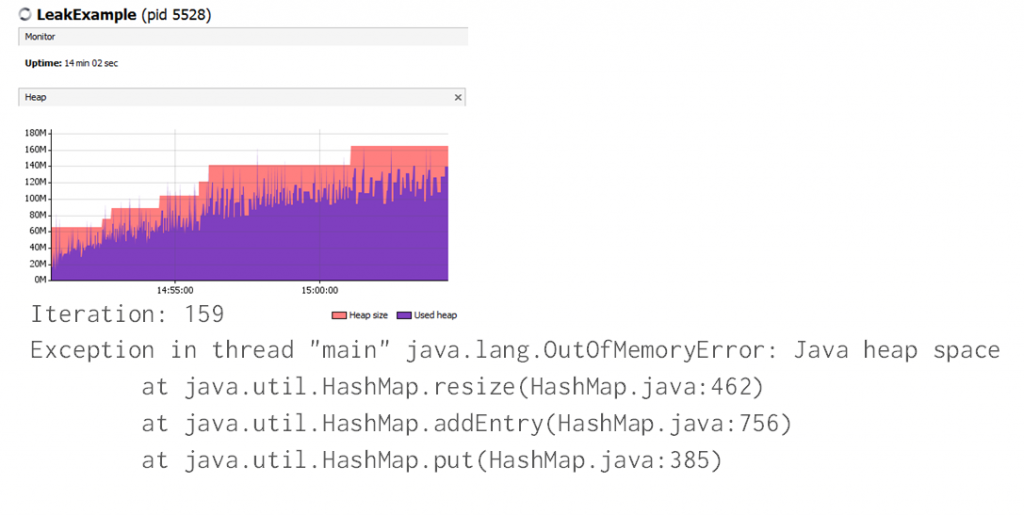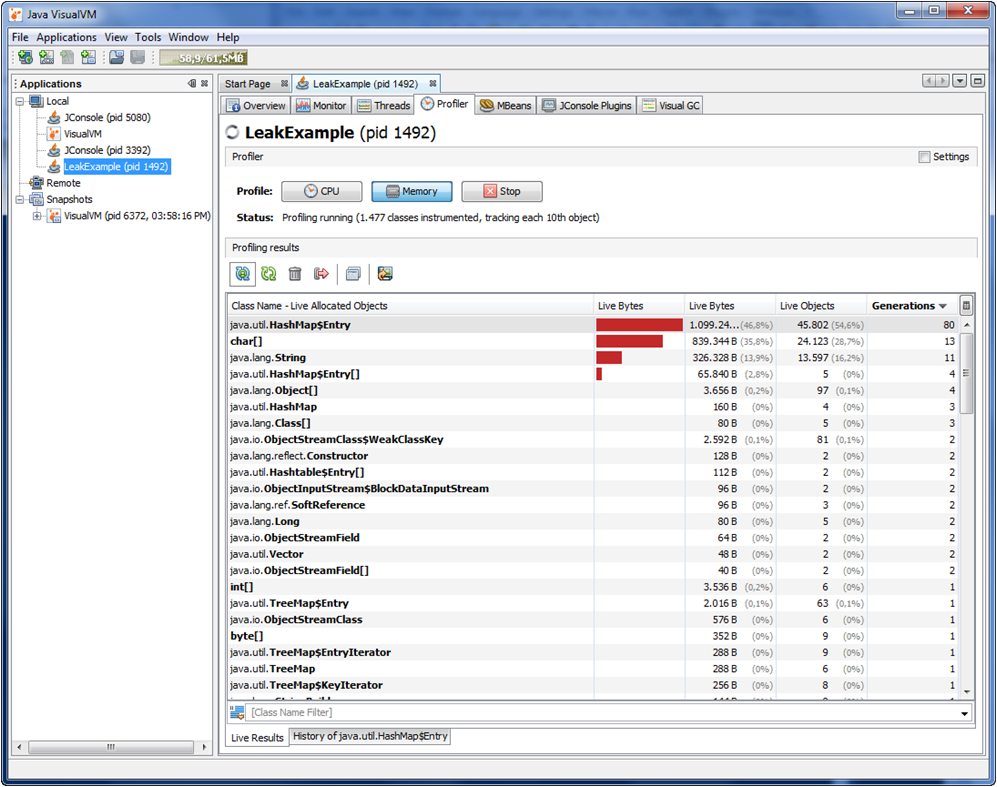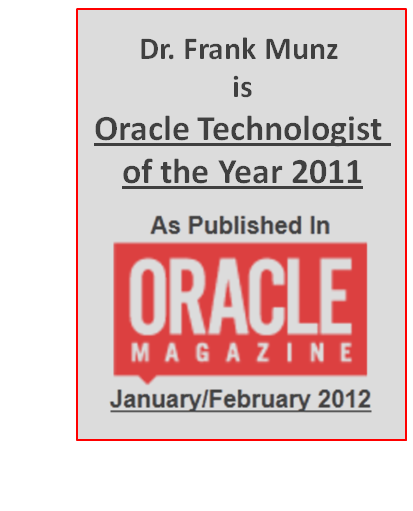Class Not Found
Could not find or load main class
You compiled your Java HelloWorld.java and then you are facing an error? Most likely you added the .class extension when the running the programm:
$ java HelloWorld.class Error: Could not find or load main class HelloWorld.class
You were running the .class file. Try again:
$ java HelloWorld Hello, World
Deal with ClassNotFound Exception
If you encounter a class not found exception while working with Oracle WebLogic server I recommend my posting about the Classloader Analysis Tool.



 Oracle WebLogic Server 12c Book
Oracle WebLogic Server 12c Book Oracle Middleware and Cloud Computing Book
Oracle Middleware and Cloud Computing Book